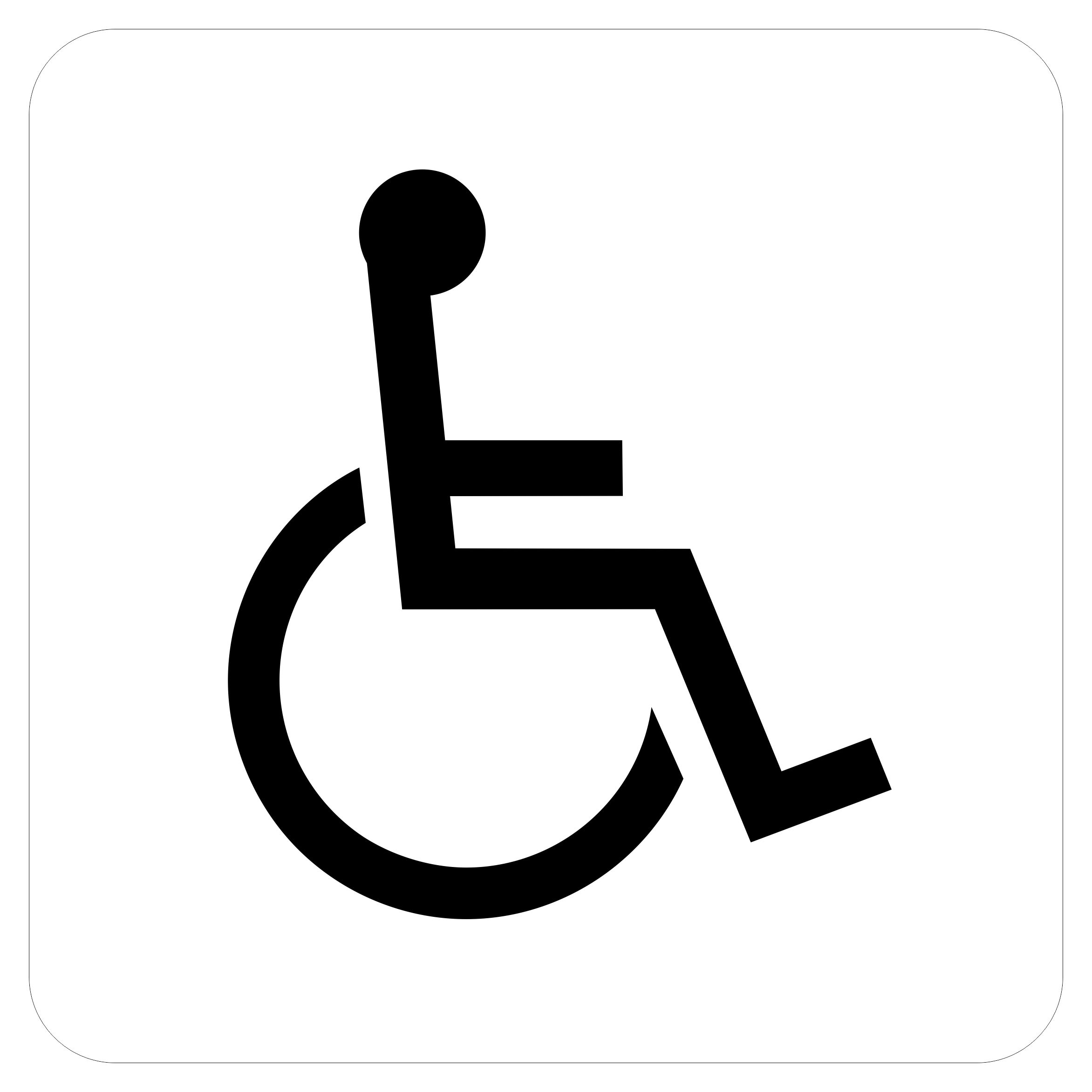ADA Signs: Essential Tools for Inclusive Atmospheres
ADA Signs: Essential Tools for Inclusive Atmospheres
Blog Article
Exploring the Key Features of ADA Indicators for Enhanced Ease Of Access
In the world of accessibility, ADA indicators serve as silent yet effective allies, making sure that rooms are navigable and inclusive for people with impairments. By incorporating Braille and responsive components, these signs break barriers for the visually impaired, while high-contrast shade schemes and legible fonts cater to varied aesthetic requirements.
Value of ADA Conformity
Making certain compliance with the Americans with Disabilities Act (ADA) is important for cultivating inclusivity and equal gain access to in public spaces and offices. The ADA, passed in 1990, mandates that all public centers, employers, and transportation solutions accommodate individuals with handicaps, guaranteeing they enjoy the very same civil liberties and possibilities as others. Conformity with ADA standards not just meets legal responsibilities but likewise enhances an organization's track record by showing its dedication to variety and inclusivity.
One of the vital elements of ADA compliance is the application of obtainable signage. ADA indicators are designed to make sure that people with specials needs can conveniently navigate via buildings and spaces.
In addition, sticking to ADA laws can minimize the danger of legal repercussions and possible penalties. Organizations that fail to comply with ADA standards might encounter penalties or claims, which can be both harmful and financially challenging to their public picture. Hence, ADA compliance is integral to promoting an equitable atmosphere for every person.
Braille and Tactile Components
The unification of Braille and tactile aspects right into ADA signs symbolizes the principles of access and inclusivity. It is generally positioned beneath the corresponding text on signage to make sure that people can access the info without aesthetic aid.
Tactile components expand beyond Braille and include raised personalities and symbols. These parts are developed to be discernible by touch, allowing individuals to recognize room numbers, restrooms, exits, and other vital areas. The ADA establishes particular standards regarding the dimension, spacing, and positioning of these tactile components to optimize readability and guarantee consistency across different environments.

High-Contrast Color Schemes
High-contrast color pattern play a critical function in improving the presence and readability of ADA signage for people with aesthetic problems. These systems are vital as they make the most of the distinction in light reflectance in between text and background, making sure that indicators are quickly noticeable, even from a distance. The Americans with Disabilities Act (ADA) mandates the use of particular shade contrasts to suit those with click reference limited vision, making it an important aspect of compliance.
The efficacy of high-contrast shades hinges on their capability to stick out in various lighting conditions, consisting of dimly lit atmospheres and locations with glare. Usually, dark text on a light history or light text on a dark history is utilized to achieve optimum contrast. For circumstances, black text on a yellow or white history gives a raw aesthetic difference that assists in fast acknowledgment and understanding.

Legible Fonts and Text Size
When thinking about the design of ADA signs, the choice of understandable font styles and ideal text dimension can not be overstated. The Americans with Disabilities Act (ADA) mandates that fonts should be not italic and sans-serif, oblique, manuscript, extremely ornamental, or of uncommon kind.
According to ADA standards, the minimum message height should be 5/8 inch, and it should increase proportionally with viewing range. Uniformity in message dimension contributes to a natural visual experience, assisting people in browsing environments successfully.
Moreover, spacing in between letters and lines is important to clarity. Adequate spacing protects against personalities from appearing crowded, enhancing readability. By adhering to these standards, developers can dramatically enhance availability, ensuring that signs offers its designated function for all individuals, no matter their aesthetic abilities.
Effective Positioning Techniques
Strategic placement of ADA signage is necessary for optimizing access and guaranteeing conformity with legal criteria. ADA guidelines specify that indicators should be installed at a height between 48 to 60 inches from the ground to ensure they are within the line of view for both standing and seated individuals.
Additionally, indications must be positioned adjacent to the lock side of doors to enable simple identification prior to entrance. Consistency in sign positioning throughout a center enhances predictability, minimizing confusion and enhancing overall customer experience.

Final Thought
ADA indicators play an essential duty in promoting ease of access by integrating attributes that resolve the demands of people with specials needs. These components collectively basics cultivate a comprehensive setting, emphasizing the relevance of ADA compliance in ensuring equivalent accessibility for all.
In the world of accessibility, ADA indications offer as quiet yet effective allies, making certain that spaces are inclusive and navigable for people with impairments. The ADA, established in 1990, mandates that all public facilities, employers, and transport solutions fit people with disabilities, ensuring they delight in the very same civil liberties and chances as others. ADA Signs. ADA indicators are designed to make certain that people with specials needs can easily browse with spaces and buildings. ADA standards state that indicators should be installed at an elevation in between 48 to 60 inches from the ground to ensure they are within the line of sight for both standing and seated individuals.ADA signs play an essential role in promoting ease of access by integrating functions that resolve the requirements of people with impairments
Report this page